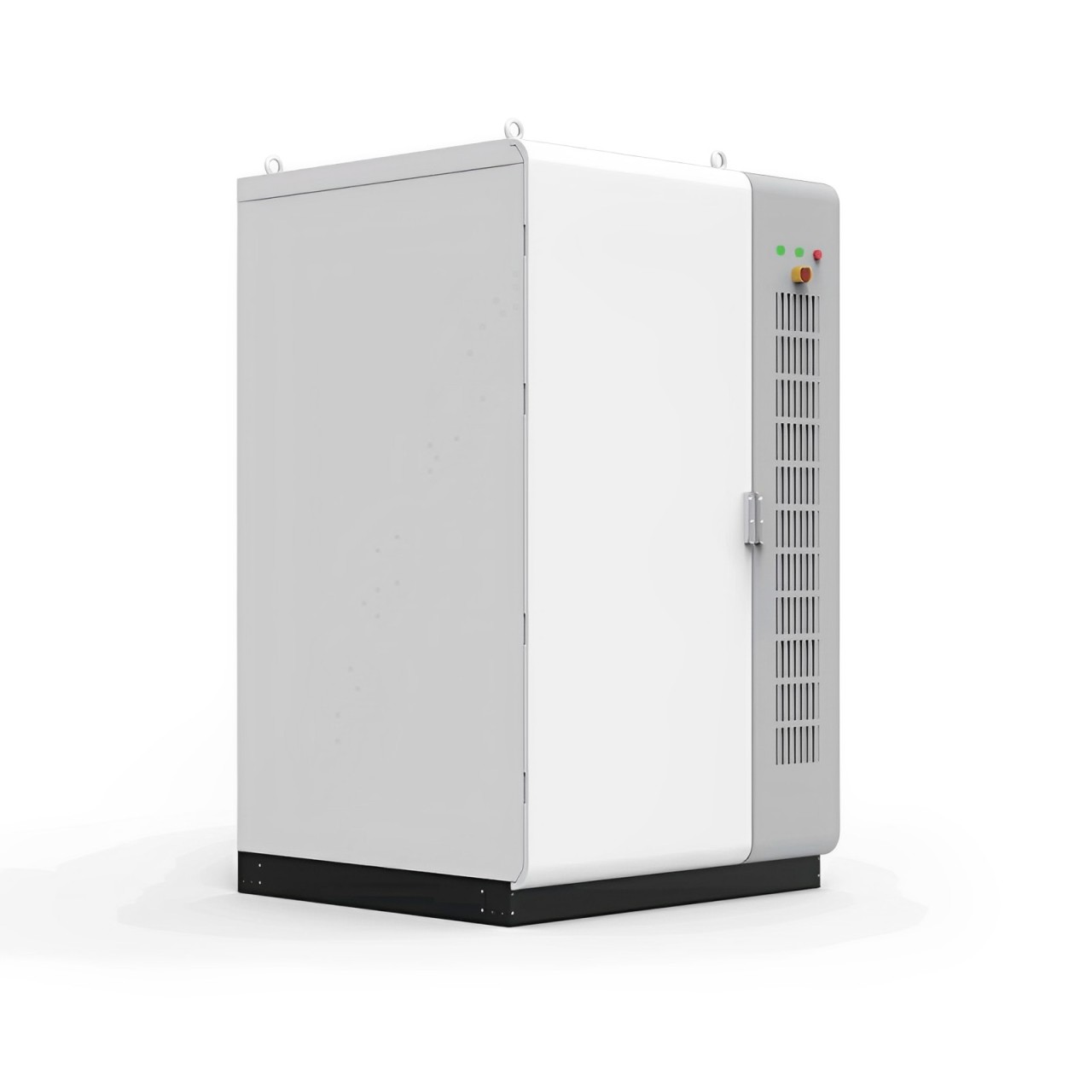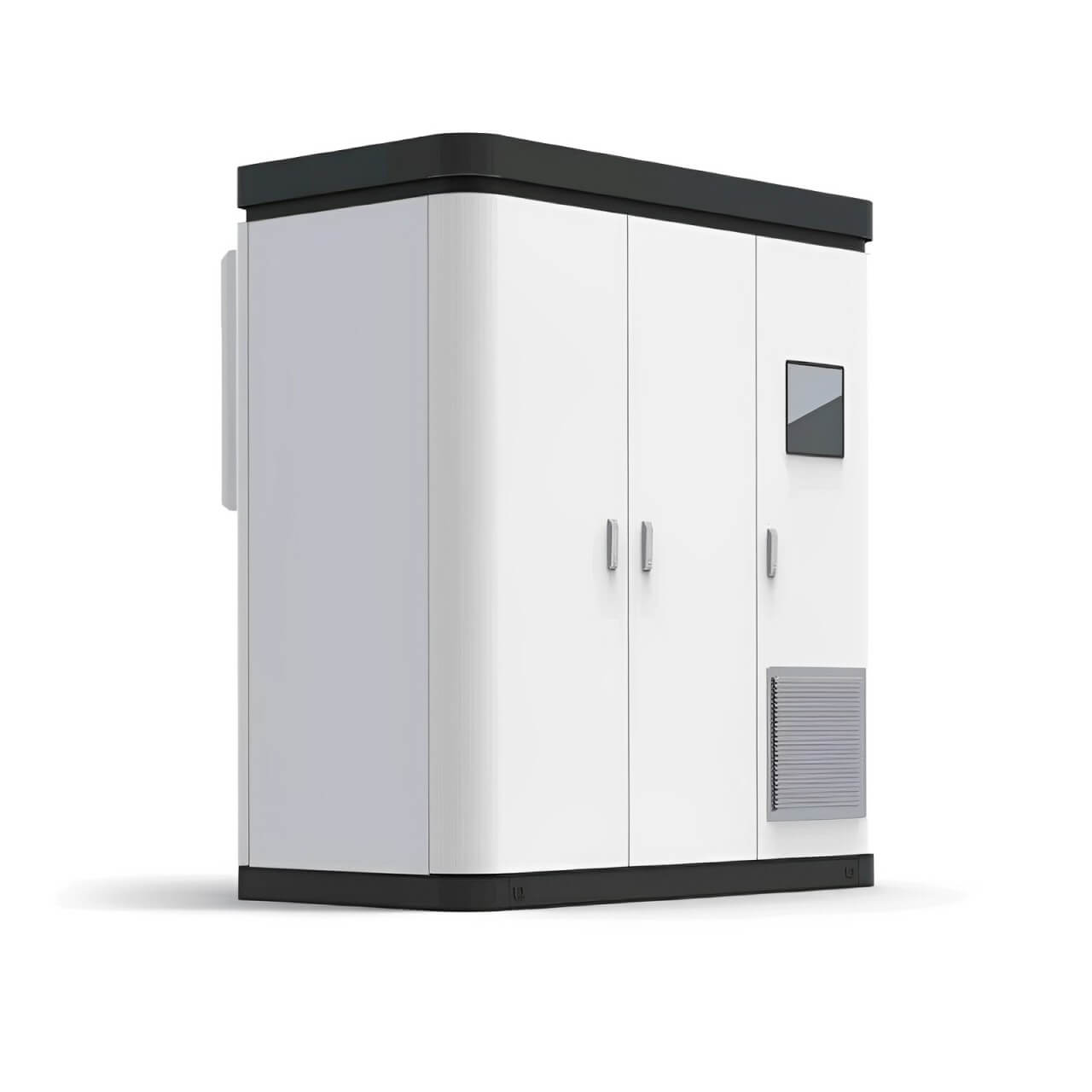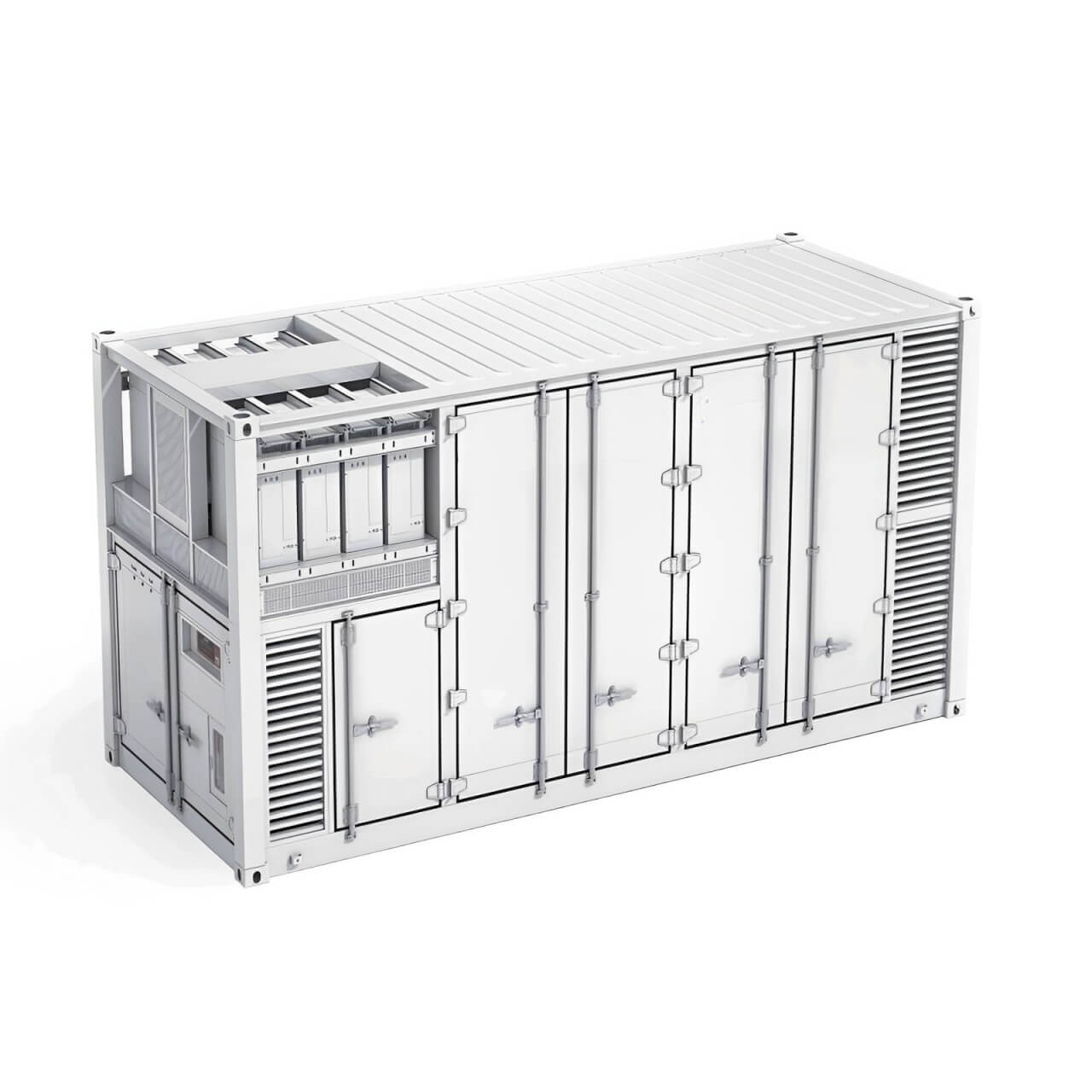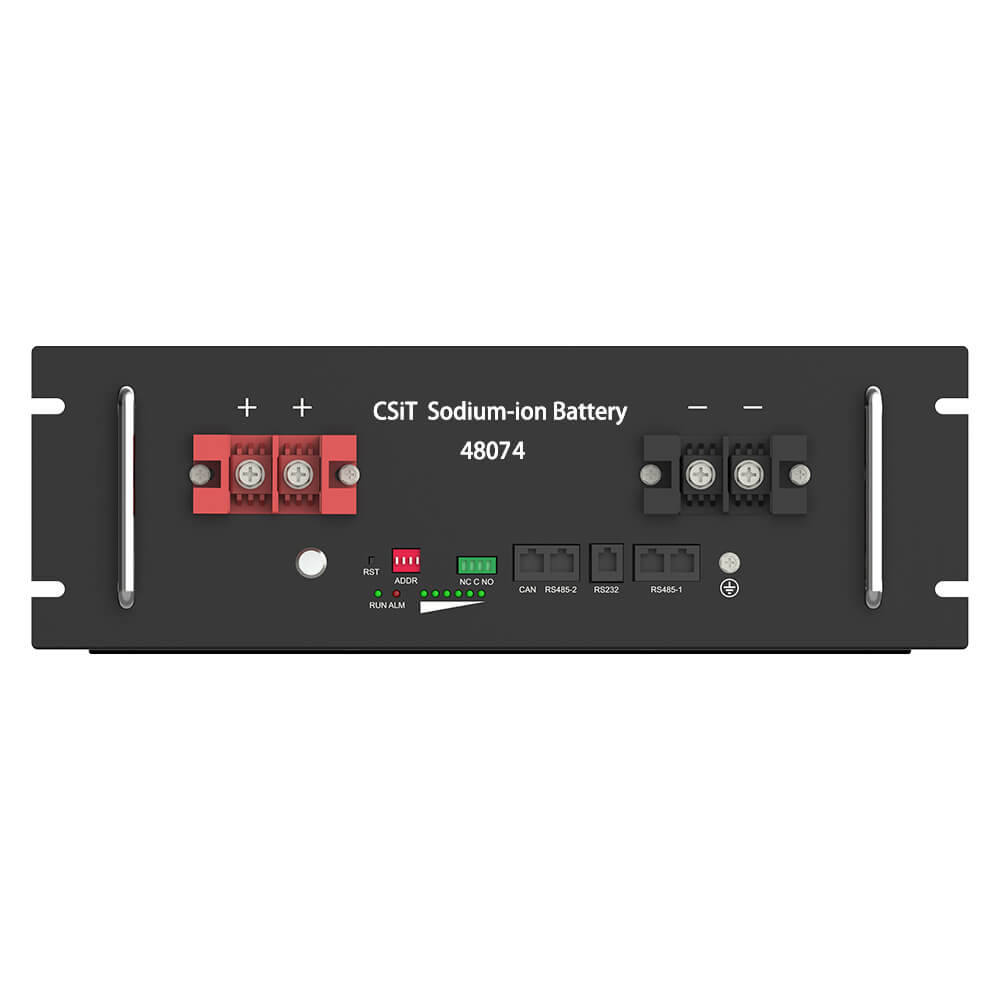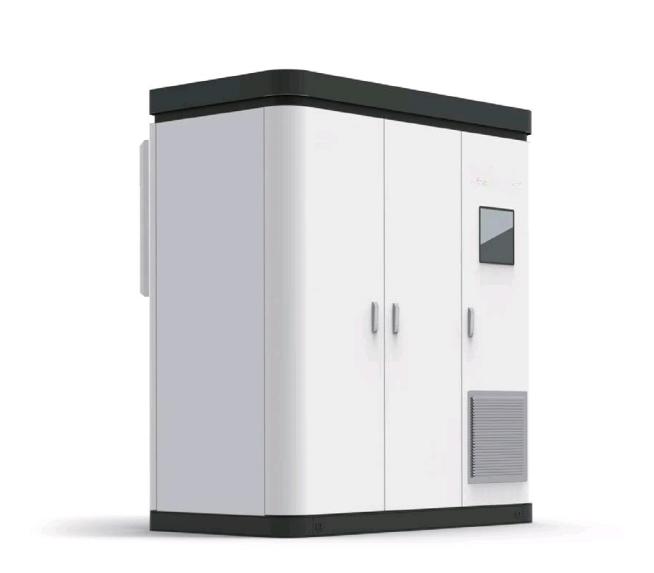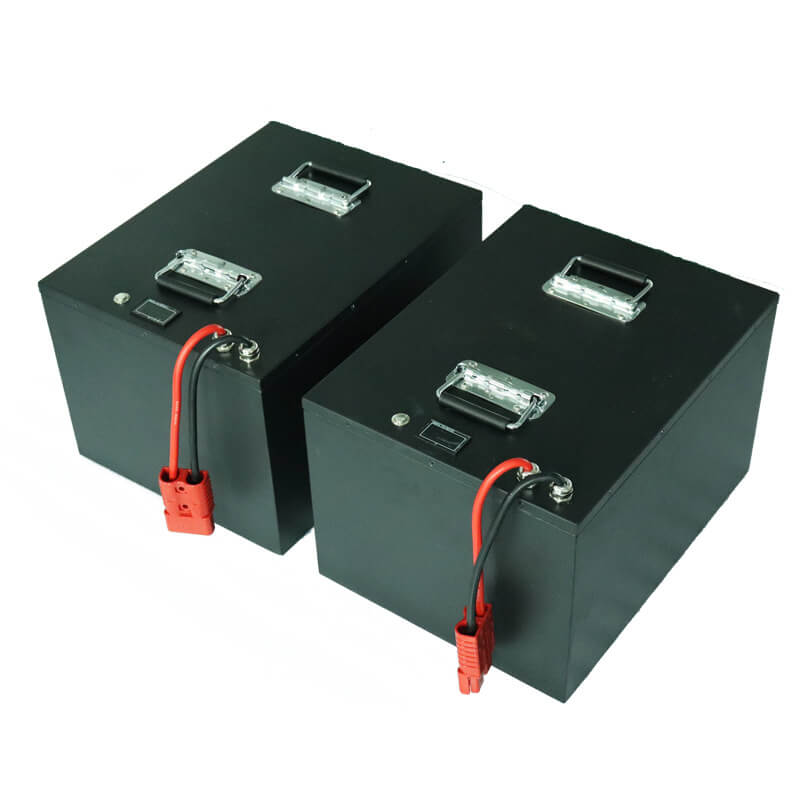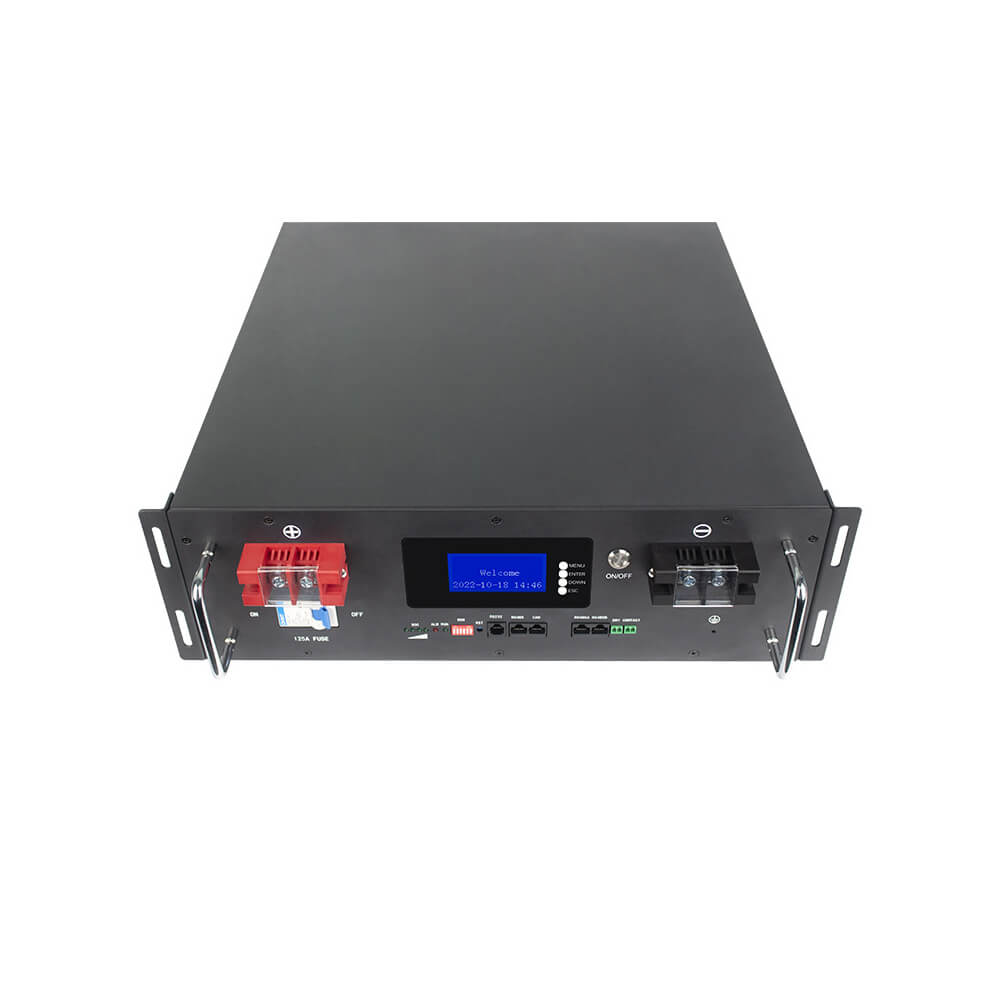How does a rechargeable square 3.2v 50ah prismatic battery work?
3.2v 50ah prismatic battery is a battery that uses a prismatic appearance. The working principle of lithium-ion prismatic batteries is that lithium ions move between the anode and cathode during discharge and charge. The working principle of prismatic batteries is similar to that of cylindrical batteries. But unlike cylindrical batteries, these batteries have a higher energy density than other battery cell forms. This is because their unique prismatic shape allows a larger proportion of active materials without increasing the battery size, which makes them suitable for applications with high discharge requirements, such as electric vehicles and energy storage systems. CSIT Prismatic Battery Manufacturer takes us to explore how prismatic batteries work and what they can do!
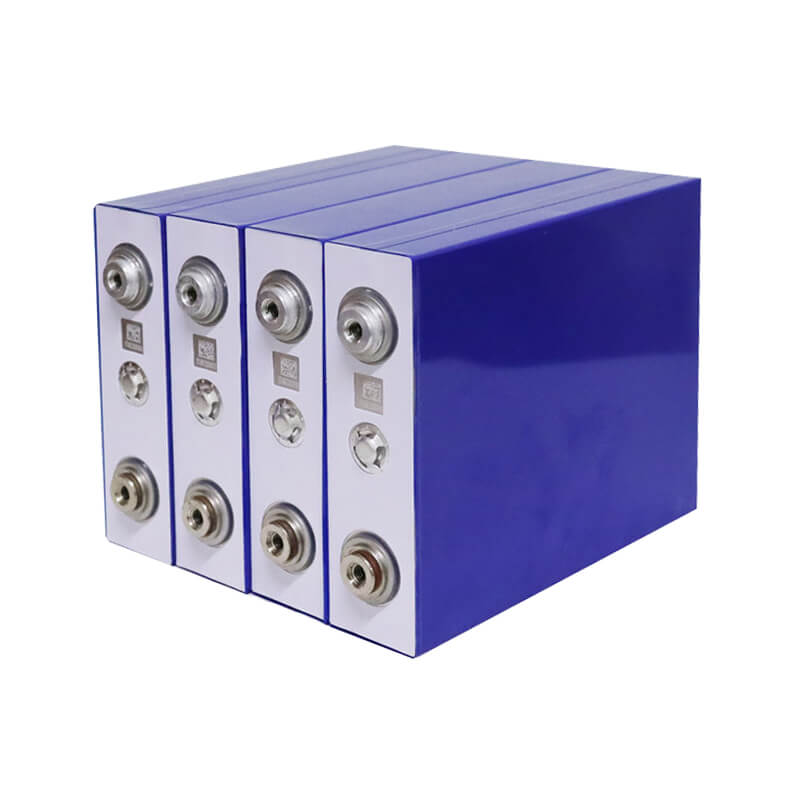
What is a 3.2v 50ah prismatic battery?
3.2v 50ah prismatic battery has a flexible casing made of metal or plastic. Inside there is a cathode, an electrolyte, and an anode separator. The cathode is composed of electrode materials such as lithium cobalt oxide (LCO), lithium iron phosphate (LFP), or nickel cobalt manganese (NMC). The electrolyte is the medium that allows ions to move between the cathode and anode. It is usually made of lithium salts. The anode is made of graphite.
They have many advantages over other battery types, higher power density and improved safety. However, they also have some major challenges to overcome. One challenge is to ensure that all components of the battery are operating at optimal efficiency and performing their intended functions. Another challenge is to ensure that the battery does not become damaged during use or storage, which could result in unsafe discharge. When used properly, prismatic batteries can provide reliable energy storage and excellent performance for electronic devices and batteries.
How are prismatic batteries made?
A prismatic battery is a battery cell that is constructed of multiple layers of electrodes and separator materials stacked together in a prismatic structure. On the outer surface, there is a safety shell that protects the battery from environmental hazards such as physical damage or short circuits. They were first invented in the early 2000s and have gained popularity for their advantages over other types of batteries.
In a prismatic battery, two or more lithium-ion cells are connected in series, creating a continuous flow of lithium ions between them. This results in higher voltages and discharge rates compared to a single lithium-ion cell. The multiple layers provide more protection from external factors such as vibration, shock, and temperature fluctuations, which significantly improves the durability and life of the battery.
Prismatic batteries are made of prismatic battery materials, which is a type of lithium-ion battery with large-diameter electrodes. The positive and negative electrodes are made of carbon or other similar materials. In order for the battery to work, an electrolyte (a chemical that allows lithium ions to move between the electrodes) is inserted between the two electrodes.
Unlike traditional batteries with two identical cylindrical electrodes, prismatic batteries have a large-diameter electrode on one side and a small-diameter electrode on the other. This design allows more lithium ions to be stored per unit area while also providing short-circuit and high-voltage protection.
What are the advantages and disadvantages of prismatic batteries?
Prismatic batteries are a type of lithium-ion battery that has become popular in recent years. They have several advantages, including higher energy density, increased safety, simple manufacturing process, longer cycle life, etc. However, disadvantages include higher cost, less power output, and less standardization.
The advantages of prismatic batteries make them an attractive option for applications that require high energy density and lightweight form.
What is the capacity of a prismatic battery?
To calculate the capacity of a prismatic battery, you must first know the battery's internal resistance. The internal resistance tells us how well the battery conducts electricity. Generally speaking, the higher the internal resistance, the lower the battery's capacity. After knowing its internal resistance, you can calculate the average discharge capacity (the maximum amount of charge it can hold) using an empirical formula or computer simulation tools. Different types of prismatic batteries have different capacities and capabilities.
What applications are prismatic batteries suitable for? Why?
● Automotive batteries: Prismatic batteries offer a lightweight and compact solution for electric vehicles. They are cost-effective, efficient, and easy to manufacture compared to traditional lithium-ion batteries.
● Solar energy storage: Prismatic batteries are able to withstand a wide range of temperatures and are able to store energy from the sun. They are also less susceptible to memory effects, which makes them ideal for applications such as solar systems.
● Consumer electronics: The unique properties of prismatic batteries make them an ideal power source for consumer electronics such as smartphones and drones. They can be used in applications such as medical devices, inverters, etc., where durability, safety, and cost-efficiency are key factors.
The potential applications of prismatic batteries are diverse, making them extremely valuable in the global battery market.
Comparison of LiPO4 and CSIT ternary prismatic batteries
Compared to LiPO4 prismatic batteries, CSIT has advantages in high energy density and better resistance to low temperatures. However, in terms of cycle life and cost, CSIT is inferior to LiPO4 batteries.
Batteries of LiPO4 batteries have lower voltages than CSIT ternary prismatic batteries. In addition, they can last longer than CSIT ternary prismatic batteries due to less active materials. LiPO4 batteries are more suitable for high temperature environments than CSIT ternary prismatic batteries.
Which is better, prismatic batteries or pouch batteries?
Prismatic batteries and pouch batteries are two types of batteries with different characteristics.
They are used for different applications. Prismatic batteries are more used for energy storage, while pouch batteries are used to produce various consumer products. Prismatic batteries and pouch batteries have similar structures, but their overall shape, size, and operation are different.
Due to this size change, prismatic batteries are able to store more energy than pouch batteries because they have a larger surface area per unit volume. This makes them an effective choice for batteries and solar energy storage devices.
What is the difference between LiFePO4 cylindrical and prismatic?
LiFePO4 cylindrical batteries are generally cylindrical and round cells, while prismatic batteries are rectangular blocks.
3.2v 50ah prismatic battery structure also offers greater capacity and customization options compared to cylindrical batteries. Density is another determining factor between these two types of lithium-ion batteries. 3.2v 50ah prismatic batteries are more compact and denser than cylindrical batteries, which has led to their increasing popularity in recent years.
Most importantly, 3.2v 50ah prismatic batteries offer greater safety and stability compared to cylindrical lithium-ion batteries. Overall, 3.2v 50ah prismatic lithium-ion batteries have better performance and characteristics than cylindrical lithium-ion batteries.
How to evaluate the quality of prismatic batteries?
● Check the voltage profile of the prismatic battery to ensure that it has the correct output voltage and discharge rating. Batteries with incorrect output voltage or discharge rating may damage the battery, so it is important to check them before use.
● When choosing the type of battery to use, consider the charge/discharge rating and energy density of the prismatic battery. Batteries with high energy density are able to hold large amounts of electricity, while batteries with low energy density can only hold small amounts. This is an important consideration when choosing a battery for any application, especially electric vehicles.
● Look for prismatic batteries with a low self-discharge rate, as these batteries will last longer than batteries with a longer self-discharge rate.
● Finally, confirm that the prismatic battery has the appropriate temperature range by checking its specifications or reading the battery label. It should be remembered that differences in operating temperature and other environmental factors may affect the performance of prismatic batteries, and it is important to use batteries designed for their intended use.
How much do prismatic batteries cost?
Prismatic batteries are a cost-effective energy storage device that can operate effectively over a wide range of temperatures and pressures. The cost of a prismatic battery depends on factors such as the materials used, labor costs, and development time. Additional costs may be incurred depending on the complexity of the design and the features required. Prismatic batteries can range in price from a few hundred dollars to several thousand dollars.
How do I choose a prismatic battery manufacturer? What to consider?
When choosing a prismatic battery manufacturer, there are a variety of factors to consider, including the quality assurance and safety protocols followed by the manufacturer, the warranty period and customer service level provided by the manufacturer, and technical support options for troubleshooting and maintenance. In addition, it is also crucial to check whether the battery is manufactured using environmentally safe materials such as lithium or phosphate.
Latest Trends in Prismatic Battery Technology
With the continuous innovation in the field of prismatic battery technology, new batteries with better energy efficiency and longer life are being developed.
Is there a standard prismatic battery?
No, there is no single standard prismatic battery. Prismatic batteries vary in shape and size, depending on their intended use. For example, lithium-ion batteries typically use prismatic cells called LiFePO4 (lithium iron phosphate), NMC (lithium nickel manganese cobalt oxide), or LFP (lithium iron phosphate). These batteries can come in different sizes, from small cells to large battery packs for electric vehicles.
Why does Tesla use cylindrical batteries?
Tesla uses cylindrical batteries in its electric vehicle batteries because they are more space-efficient than prismatic batteries. This means more energy can be packed into a smaller battery, giving Tesla vehicles better range and power.
Cylindrical cells also allow for better cooling, as air can flow around each cell individually, meaning the battery won't overheat.
Prismatic cells are energy storage devices that store electrical energy in a chemical reaction. They are used in applications ranging from medical devices to electric vehicles, and their design allows for higher energy density and faster charging times. As technology advances, the use and popularity of prismatic battery cells is likely to increase due to their high safety, low cost, and high energy storage capacity. If you would like to learn more about prismatic batteries or have any questions, please contact us for more information sales01.csit@gmail.com

 简体中文
简体中文 Russian
Russian French
French German
German Japanese
Japanese Korean
Korean Arabic
Arabic Spanish
Spanish